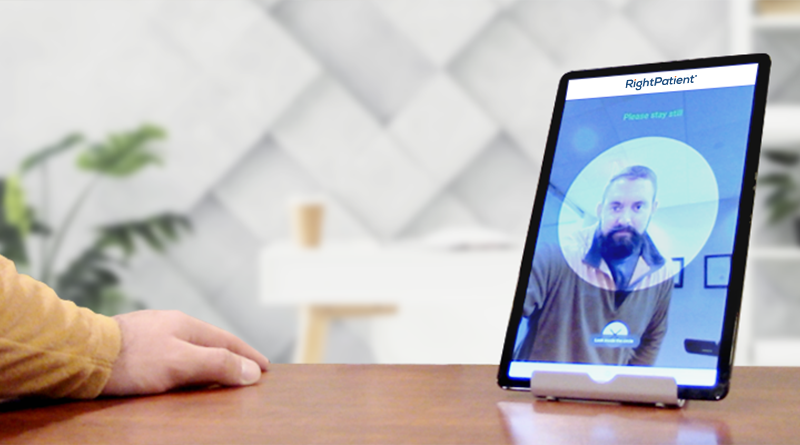Wrong Patient Identification Errors Lead to Several Issues – Are You Preventing Them?

Patient identification has always been hit or miss within the US healthcare system. Wrong patient identification errors cause a plethora of serious issues for not only healthcare providers but also patients. Patient mix-ups, patient safety issues, medical identity theft, duplicate medical records, and overlays are just some of the many issues that can be traced back to patient identification errors. These issues have been popping up even more during the pandemic, leading many experts to demand a patient identifier. While we’ve talked about all of that in previous articles, let’s take a look at a very recent patient mix-up, its consequences, and how positive patient identification can prevent such cases.

Another one added to the list of wrong patient identification
The mix-up took place back in August at Washington-based Sacred Heart hospital. Interestingly, the person with whom the hospital mixed up the information was a former patient of the healthcare provider.
For simplicity’s sake let’s call the actual patient Samantha and the former patient (who got the call) Rebecca.
Back in August, Rebecca’s daughter was called and she was informed that her mother was hospitalized due to a critical injury. However, the daughter responded that Rebecca was right in front of her and fine, but the staff at the hospital was adamant and said that her mother was injured and admitted. Understandably, Rebecca was quite worried about the real patient, Samantha.
Rebecca and her daughter reportedly informed the healthcare provider that they had a case of mix-up on their hands – she said that she didn’t know who was being treated under her name or why. In response, she was told that the hospital would rectify the issue. However, that was only the start.
What happened down the road?
Since Rebecca was a former patient of Sacred Heart, she checked her records to see if it was fixed or not. Unfortunately, the wrong information was still present, and to make things worse, other irrelevant materials were added, such as $3,000 worth of bills. Moreover, the provider also tried to bill her old insurer, which naturally didn’t work. Subsequently, the provider attempted to help her get insurance.

The actual patient was safe
Rebecca heaved a sigh of relief when she found out that Samantha was out of danger – she kept in contact with the hospital over the phone. When this was over, Rebecca was also relieved that she didn’t receive the wrong bills as a result of the mix-up.
Wrong patient identification errors are quite common
While this case didn’t have any adverse consequences, not everyone is as lucky. Wrong patient identification errors occur every day and most are not identified until it’s too late. Not only are they problematic for patients, but they create issues for caregivers as well.
Patients face delays in treatment, incorrect procedures, and repeated lab tests – ultimately hampering patient outcomes as well as jeopardizing patient safety in the process. Moreover, they receive shocking bills for medical procedures or treatments they never received. The lucky ones can have them written off as denied claims, but this is still a huge cost for the providers.
On the other hand, healthcare providers face unwanted attention, loss of goodwill, denied claims, lower scores, and might even risk losing CMS reimbursements (as they are tied to patient safety).
All of this is leading to healthcare experts and leaders rallying for a state-funded patient identifier. While this appeal has been denied for over two decades, forward-thinking hospitals and health systems are not waiting for it, and have taken the initiative themselves to eliminate issues related to wrong patient identification errors.
Leading providers are using RightPatient
RightPatient is the industry’s leading touchless patient identification platform trusted by providers such as Grady Health, Catholic Health of Long Island, Terrebonne General Medical Center, and University Health Care System. Using the photos of patients, it prevents patient identification issues like mix-ups, duplicates, medical identity theft, denied claims, and more.
After successfully scheduling an appointment, patients receive an SMS or email, after which patients are required to provide a personal photo and a photo of their driver’s license. RightPatient matches the photos automatically and verifies the identity of the patients remotely.
Be a responsible healthcare provider and prevent mix-ups and the issues associated with patient misidentification by deploying RightPatient.









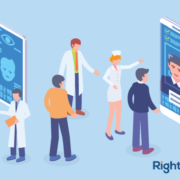
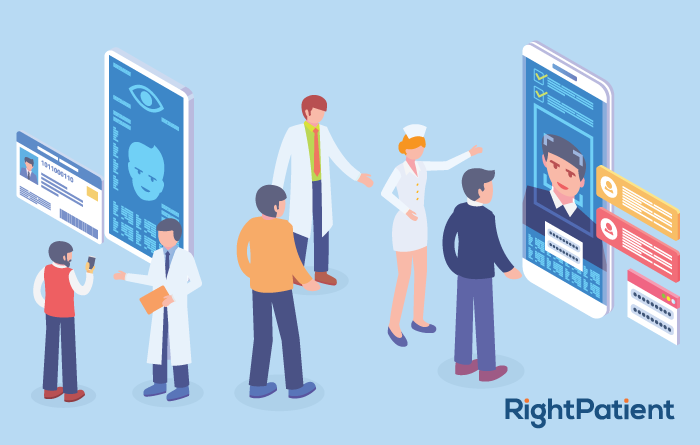
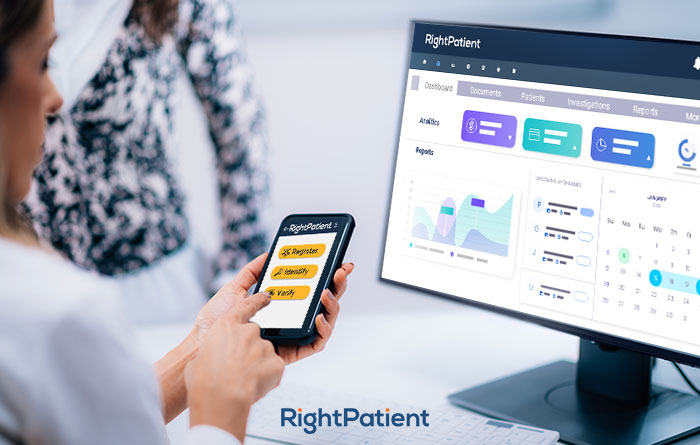

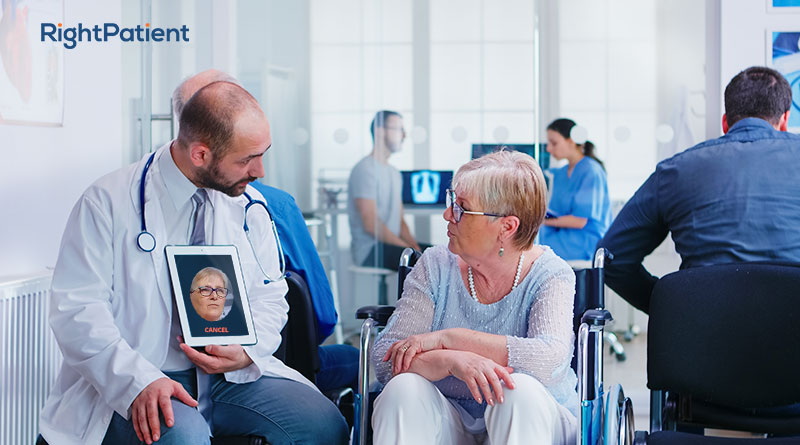
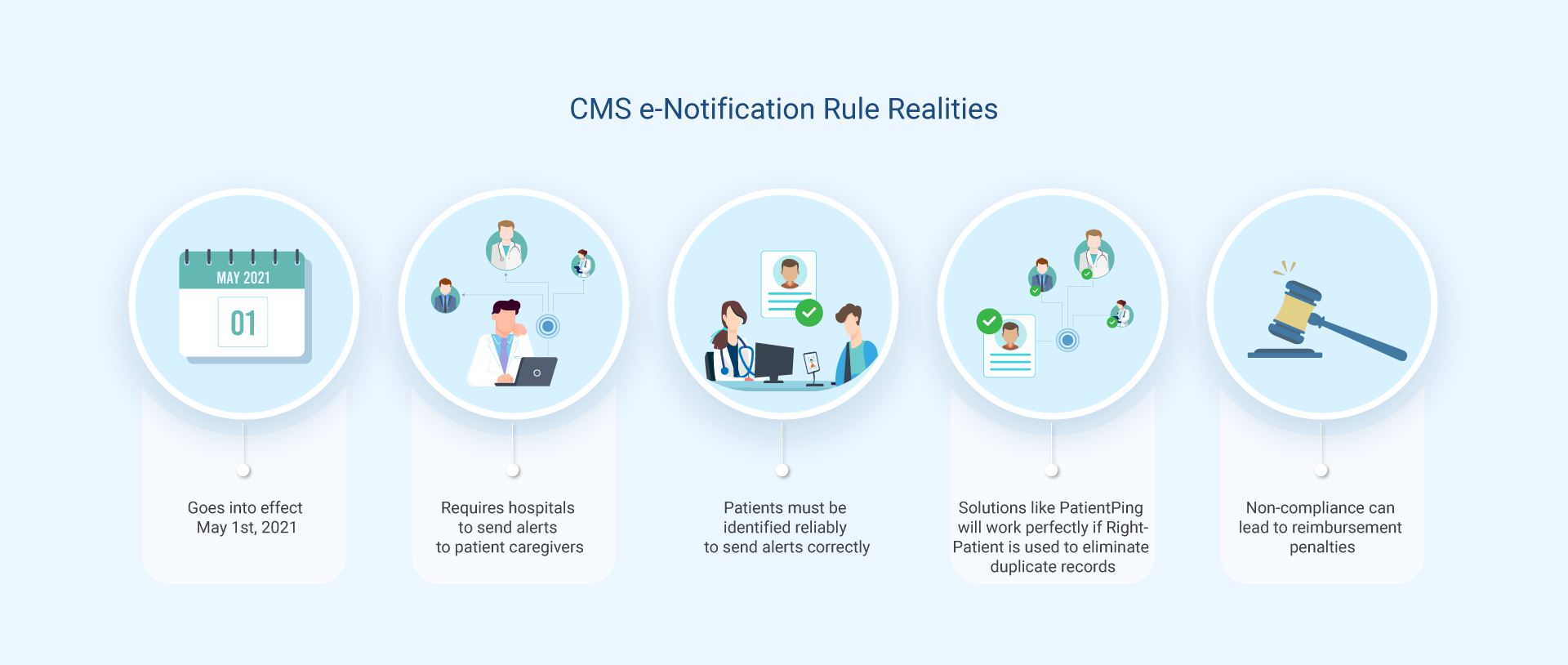
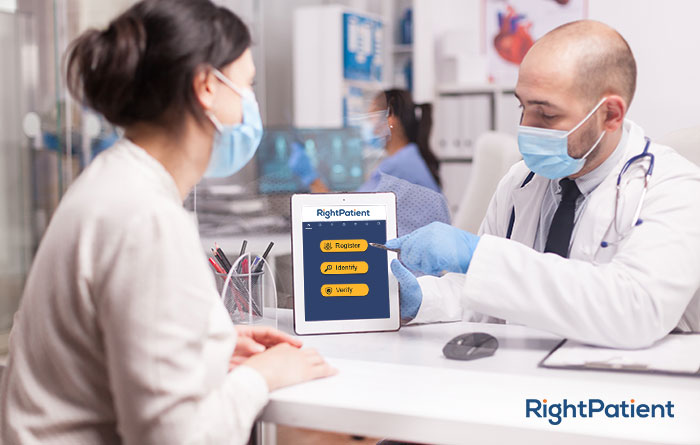


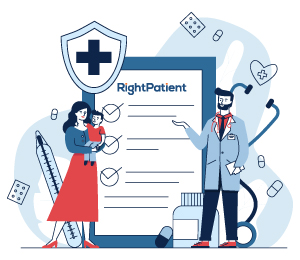 Patient data protection has been one of the oldest and most important requirements for healthcare providers, and rightfully so – a patient shares critical and sensitive information with their caregivers. Names, Social Security numbers, dates of birth, contact information, addresses, facial photographs, medical history, and ailments are just some examples of the information stored within patient records. If these get compromised and land in the wrong hands, such cases can have disastrous consequences – healthcare insurance fraud, litigation costs for providers, and hampered patient safety are some common results. Thus, protecting patient data is crucial for any caregiver. Let’s take a look at a few more reasons why protecting patient data is necessary for hospitals and health systems.
Patient data protection has been one of the oldest and most important requirements for healthcare providers, and rightfully so – a patient shares critical and sensitive information with their caregivers. Names, Social Security numbers, dates of birth, contact information, addresses, facial photographs, medical history, and ailments are just some examples of the information stored within patient records. If these get compromised and land in the wrong hands, such cases can have disastrous consequences – healthcare insurance fraud, litigation costs for providers, and hampered patient safety are some common results. Thus, protecting patient data is crucial for any caregiver. Let’s take a look at a few more reasons why protecting patient data is necessary for hospitals and health systems.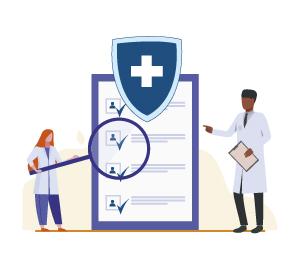

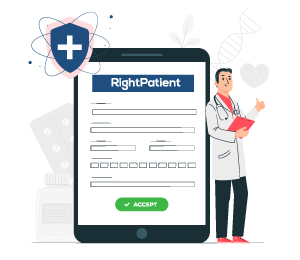 Protecting patient data is a huge challenge, but it is achievable. One of the first and foremost things providers can do to protect patient data is to ensure positive patient identification at each encounter. That’s where we can help.
Protecting patient data is a huge challenge, but it is achievable. One of the first and foremost things providers can do to protect patient data is to ensure positive patient identification at each encounter. That’s where we can help.












